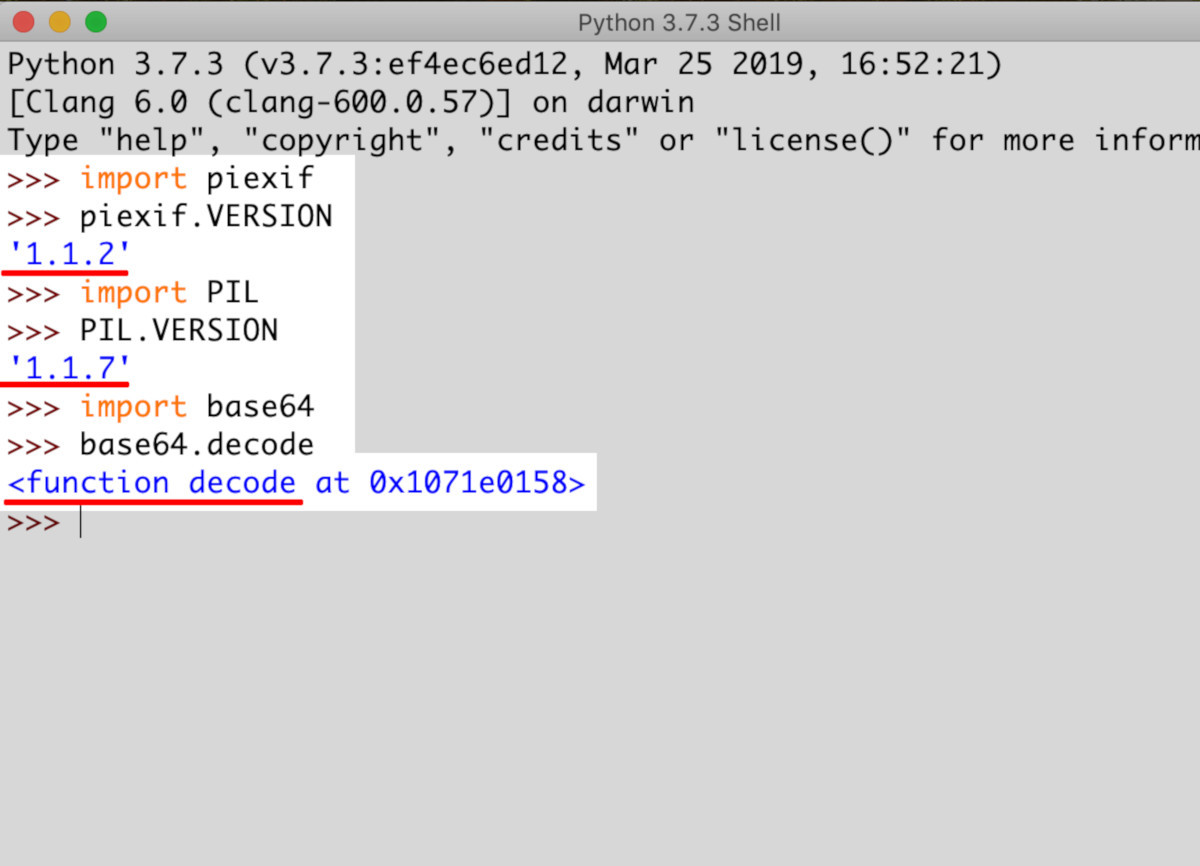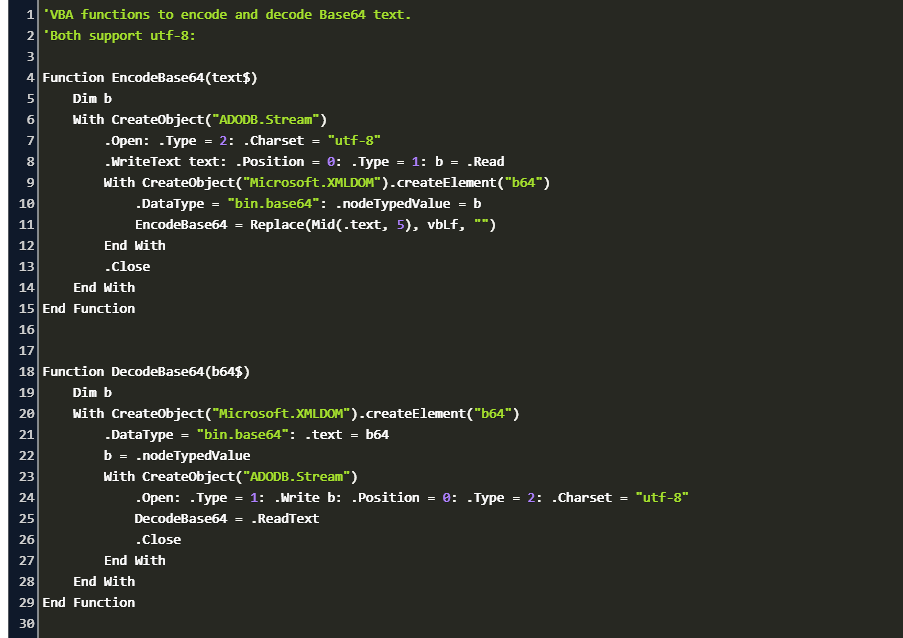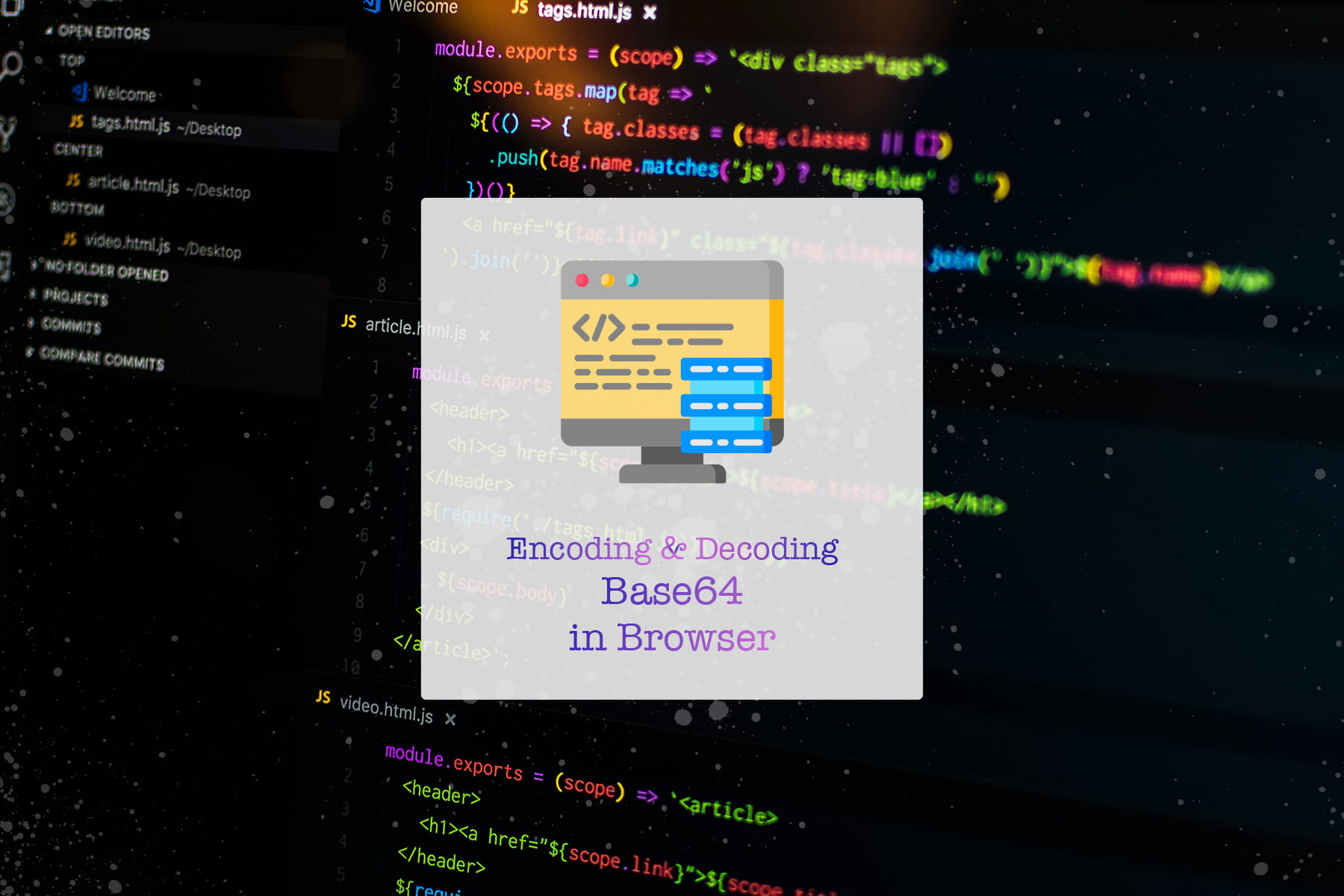

- #PYTHON CONVERT TO BASE64 ENCODING HOW TO#
- #PYTHON CONVERT TO BASE64 ENCODING INSTALL#
- #PYTHON CONVERT TO BASE64 ENCODING FREE#

I will be happy to read every comment and, if necessary, I will do my best to respond as quickly as possible.
#PYTHON CONVERT TO BASE64 ENCODING FREE#
If you have any questions, remarks, need help, or just like this page, please feel free to let me know by leaving a comment using the form bellow. # Python 3.6 - a bytes-like object is required, not 'int' Add new comment # Python 3.6 - b64encode() missing 1 required positional argument: 's'Įxample #6 ( TypeError on wrong argument type): # Python 2.7 - b2a_base64() argument 1 must be string or buffer, not int Print(b64encode(data, '-_')) #-> 'PDw_Pz8-Pg='Įxample #4 (fix the “Synta圎rror: bytes can only contain ASCII literal characters” error on Python 3): from base64 import b64encodeĮxample #5 ( TypeError on missing required argument): # Python 2.7 - b64encode() takes at least 1 argument (0 given) Synta圎rror: bytes can only contain ASCII literal characters.Įxample #2 (fix the “TypeError: a bytes-like object is required, not 'str'” error on Python 3): from base64 import b64encodeĮxample #3 (encode data into a custom Base64 alphabet): from base64 import b64encode
#PYTHON CONVERT TO BASE64 ENCODING INSTALL#

First, we import the base64 module into our Python script. Adds the a85encode function, which encodes data to Ascii85 return base64.b64encode (imgfile.read ()).decode ('utf-8') As shown above, it takes just 4 lines of Python 3 codes to encode an image in Base64.The function encodestring is deprecated.Adds the encodebytes function, which encodes bytes-like objects to Base64.str - On success, it returns the Base64 value, typically longer by about 33% than data.altchars (optional string default None) - Two characters that should replace “+” and “/”.data (required string) - Text or binary content that you want to encode.b64encode(data, altchars) - Encodes data to Base64 and replaces +/ with altchars from the returned str To check the correctness of the encoding, the program decodes the encoded data using the base64.b64decode() function.b64encode(data) - Encodes data to Base64 and returns value as str.Guru A virtual teacher who reveals to you the great secrets of Base64 Returns something like b'iVBORw0KGgo.Base64. Now it is possible to convert an image called for example img.png to a string called here encoded_string import base64 with open("img.png", "rb") as img_file: encoded_string = base64.b64encode(img_file.read()) print(encoded_string) Installation with conda conda install -c conda-forge pybase64 Convert a png image to base64 Installation with pip pip install pybase64 import base64 string 'hello world' strbytes string. String can be encoded as follows: echo 'Hello world. The base64 command can be used to perform Base64 encoding and decoding.
#PYTHON CONVERT TO BASE64 ENCODING HOW TO#
This tutorial shows how to perform Base64 encoding and decoding in Linux. Then we can go ahead and convert the string to a bytes object be finally encoding it. Base64 is an encoding and decoding scheme that often used to convert binary data to an printable ASCII text format, and vice versa. Let us now see how to perform base64 encoding in Python. Converting these numbers to decimal (62, 63, 60) Doing simple base64 lookup (62 is +, 63 is /, 60 is 8) Final encoding string is +/8. Before we can base64 encode a string in python we must import the base64 module. Using only 6 bytes (111110, 111111, 111100) Note that we added 00 to the last chunk to make 6 bits.


 0 kommentar(er)
0 kommentar(er)
